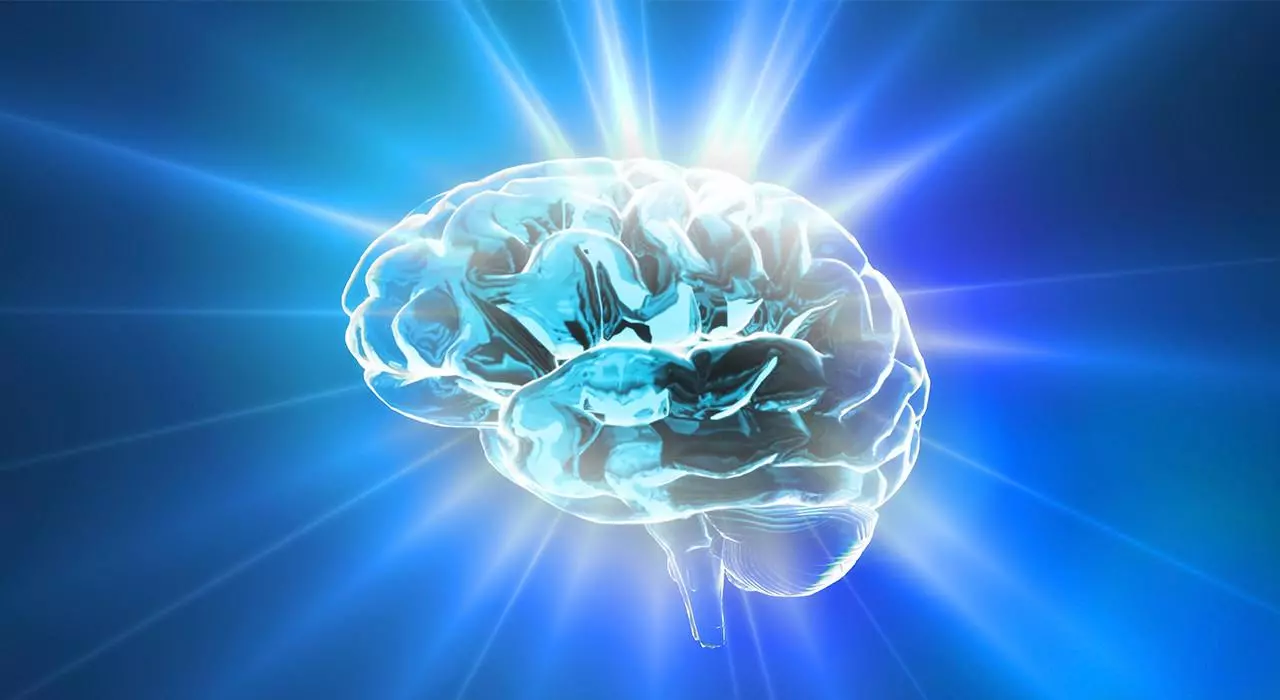
Neuroeducation, a fascinating field at the intersection of psychology and education, delves into the intricate workings of the brain to enhance learning and teaching practices. By leveraging insights from neuroscience, educators can tailor their approaches to better align with the brain's natural processes, ultimately optimizing the learning experience for students. In this article, we'll explore 11 compelling facts about neuroeducation, shedding light on its profound impact on learning and cognition. From the influence of emotions on learning to the significance of brain-compatible teaching strategies, each fact offers valuable insights into the dynamic relationship between the brain and education. Join us on this enlightening journey through the realm of neuroeducation, where science and pedagogy converge to shape the future of learning.
Key Takeaways:
- Neuroeducation combines brain science, psychology, and education to improve teaching methods and curriculum design, making learning more effective and enjoyable for students.
- By understanding emotions, individual differences, and brain-based strategies, neuroeducation creates a positive and interactive learning environment, helping students learn better and retain knowledge longer.
Neuroeducation is an interdisciplinary field
Neuroeducation is an interdisciplinary field that merges neuroscience, psychology, and education to understand how the brain learns and retains information. By examining the cognitive processes involved in learning, neuroeducation seeks to enhance teaching methods and curriculum design to optimize educational outcomes.
It explores the impact of emotions on learning
Neuroeducation delves into the profound influence of emotions on the learning process. Understanding how emotions can either facilitate or hinder learning is crucial in creating supportive and effective learning environments.
Neuroeducation emphasizes individualized learning
One of the key principles of neuroeducation is the recognition of individual differences in learning styles and cognitive abilities. By acknowledging and accommodating these differences, educators can tailor their teaching methods to suit the diverse needs of students.
It leverages brain-based teaching strategies
Neuroeducation advocates for the use of brain-based teaching strategies that align with the natural functioning of the brain. This approach aims to optimize learning by incorporating activities and techniques that resonate with the brain's cognitive processes.
Neuroeducation promotes the use of multisensory learning
Multisensory learning, a cornerstone of neuroeducation, involves engaging multiple senses in the learning process. This approach recognizes the brain's capacity to process information through various sensory channels, leading to enhanced retention and comprehension.
It highlights the significance of a positive learning environment
Neuroeducation underscores the importance of fostering a positive and supportive learning environment. By creating an atmosphere that promotes curiosity, collaboration, and positive reinforcement, educators can optimize the learning experience for students.
Neuroeducation advocates for active learning
Active learning, which involves hands-on participation and interactive experiences, is championed in neuroeducation. This approach encourages students to be actively engaged in the learning process, leading to deeper understanding and knowledge retention.
It emphasizes the role of metacognition in learning
Metacognition, the awareness and understanding of one's own thought processes, is a focal point in neuroeducation. By cultivating metacognitive skills, students can become more adept at monitoring and regulating their learning strategies, leading to improved academic performance.
Neuroeducation explores the impact of stress on learning
Understanding the impact of stress on the brain and its implications for learning is a key area of focus in neuroeducation. By addressing stress factors and implementing stress-reducing techniques, educators can create an optimal learning environment for students.
It integrates technology in educational practices
Neuroeducation embraces the integration of technology in educational practices to enhance learning experiences. By leveraging educational technology, educators can cater to diverse learning styles and provide interactive and personalized learning opportunities.
Neuroeducation encourages ongoing research and collaboration
The field of neuroeducation emphasizes the importance of ongoing research and collaboration among neuroscientists, psychologists, and educators. By continuously advancing knowledge and sharing insights, neuroeducation aims to continually improve educational practices and outcomes.
Neuroeducation, at its core, seeks to bridge the gap between neuroscience and education, leveraging insights from brain research to inform and enhance teaching practices. By understanding the intricate workings of the brain in the context of learning, educators can tailor their approaches to optimize student engagement, comprehension, and retention. This interdisciplinary field underscores the significance of individualized learning, multisensory experiences, and the cultivation of a positive and supportive learning environment. Through ongoing research and collaboration, neuroeducation continues to shape and elevate educational practices, ultimately enriching the learning journey for students.
Conclusion
Neuroeducation offers a fascinating intersection between psychology and education, shedding light on how the brain learns and retains information. By understanding the cognitive processes involved, educators can tailor their teaching methods to optimize learning outcomes. The incorporation of neuroscience principles into educational practices holds immense potential for revolutionizing traditional teaching approaches and addressing individual learning needs. As we continue to unravel the complexities of the human brain, the insights gained from neuroeducation will undoubtedly pave the way for more effective and personalized learning experiences.
FAQs
What is the significance of neuroeducation in the field of psychology and education?Neuroeducation bridges the gap between psychology and education by providing valuable insights into how the brain processes and retains information. This understanding enables educators to develop targeted teaching strategies that align with the brain's natural learning mechanisms, ultimately enhancing educational outcomes.
How can neuroeducation benefit students with diverse learning needs?Neuroeducation empowers educators to customize their teaching methods based on an individual's cognitive strengths and weaknesses. By leveraging neuroscientific principles, educators can create inclusive learning environments that cater to diverse learning styles, thereby fostering greater academic success and engagement among students.
Was this page helpful?
Our commitment to delivering trustworthy and engaging content is at the heart of what we do. Each fact on our site is contributed by real users like you, bringing a wealth of diverse insights and information. To ensure the highest standards of accuracy and reliability, our dedicated editors meticulously review each submission. This process guarantees that the facts we share are not only fascinating but also credible. Trust in our commitment to quality and authenticity as you explore and learn with us.


